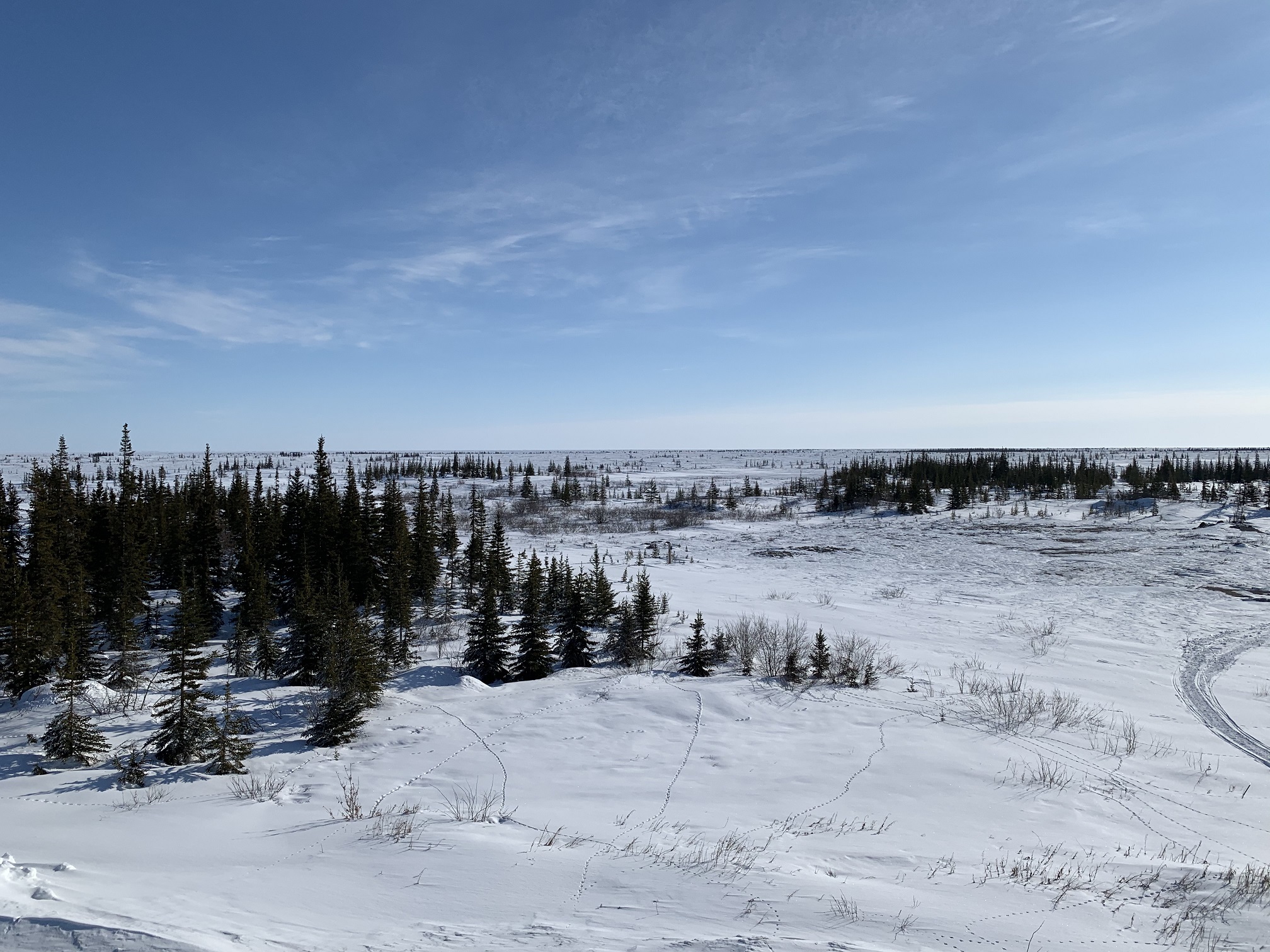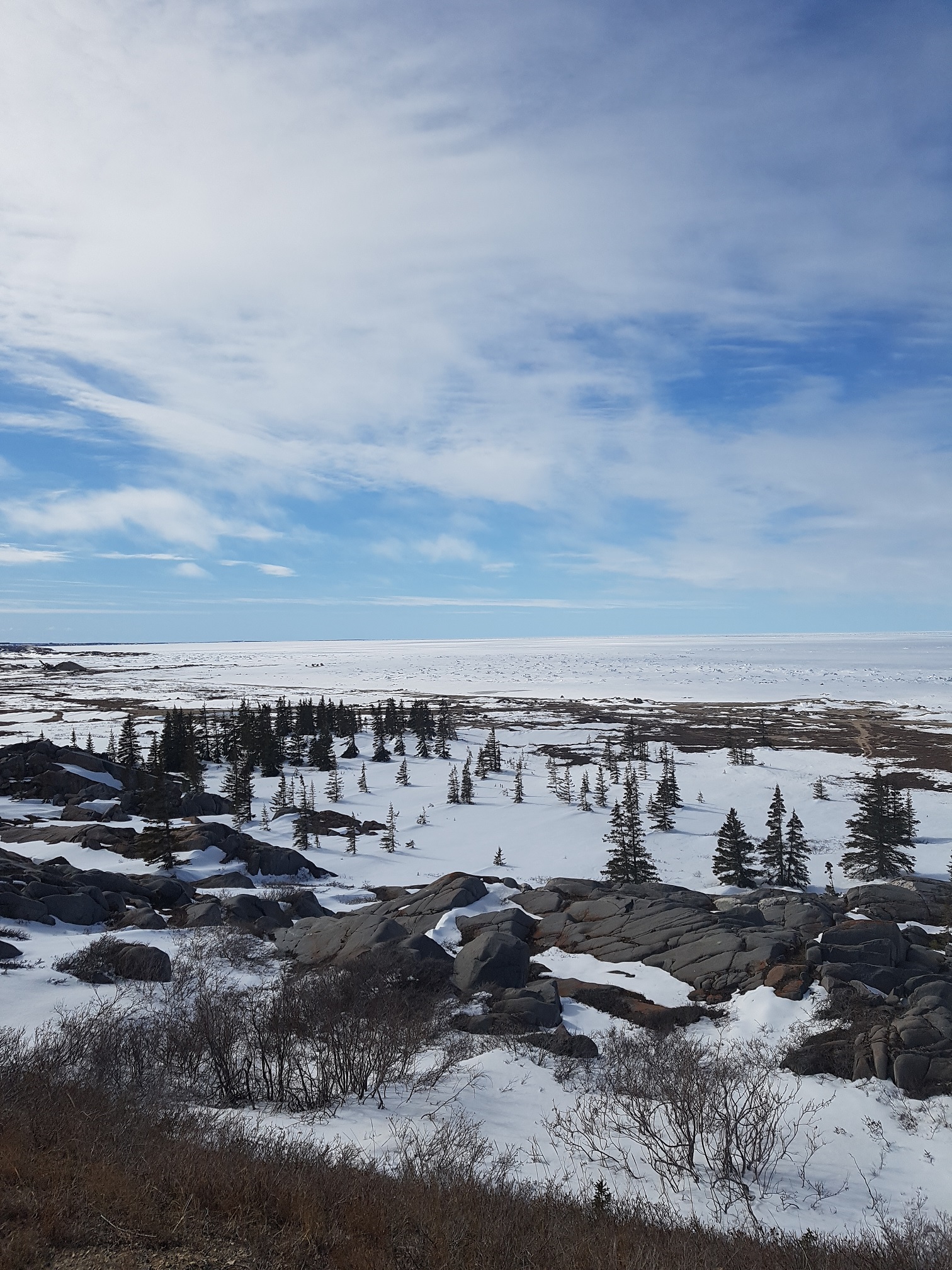Spring reflects signs of new beginnings. Flowers bloom and trees bud, but spring in Churchill looks a little different. Here we are at the beginning of June, still with snow on the ground, temperatures fluctuating between -5 and +5 degrees Celsius, and freezing rain dominating the last couple weeks of May. Despite winter desperately trying to stick around, spring is returning to Churchill. After a winter of quiet solitude, we now wake up to the sounds of the many migratory birds and millions of geese passing by Churchill. Snow geese swarm the skies as they make their way further North. It is a welcome symphony to some, and an annoying alarm clock to others.

The long hours of daylight are also welcomed, but can be difficult to make the adjustment to light conditions. We are less than a month away from summer solstice, the longest day of the year! Here is Churchill, we get up to 18 hours of daylight. For light sleepers, it’s probably a good idea to invest in some black-out curtains. For plants, longer days can help promote growth. Many species have day length triggers that determine when they grow vegetatively and when they bloom.
With our spring snow accumulations in late winter and temperatures remaining around freezing into the spring, things are melting a little slower this year. While working from home, I watch the snow melt and the puddles grow in my backyard. It is definitely necessary to have a reliable pair of rainboots in the spring (or two), and you will quickly find that hole from last season you forgot to repair. Spring melt is important on the tundra. Snowpack is the main source of water for the Hudson Bay Lowlands. The Lowlands provide habitat, food, nutrients, and water for many diverse species. It is always good to remember that the snow melting this time of year is critical to the abundance and diversity of life that will be present throughout the summer.

We can also see evidence of spring’s arrival as ringed seals (Pusa hispida) start to appear above the sea ice. During the cold winter months, ringed seals dig breathing holes through the ice, and carve out birthing lairs under snow drifts to stay sheltered. Now, as temperatures rise, they lay out on the surface of the sea ice, basking in the sun and molting. When the Churchill River opens up, the harbour seals (Phoca vitulina) will arrive and start birthing pups, and the belugas won’t be far behind!
Spring moves slowly here this year, but soon, the frogs will call, wildflowers will bloom, belugas will return, all for a brief summer before winter once again blankets the subarctic. I, for one, am in no rush for spring to end, because the sooner temperatures rise, the sooner bugs arrive…

